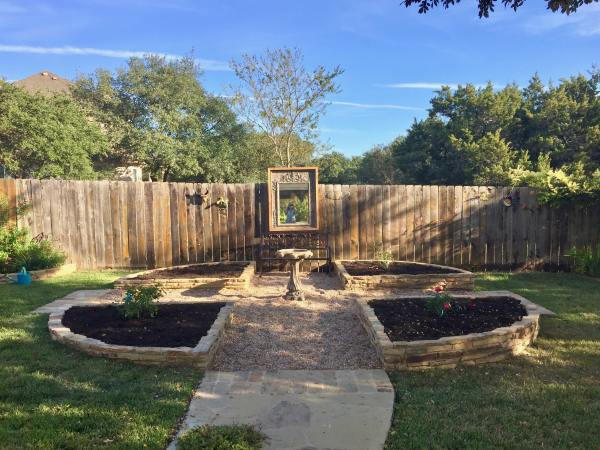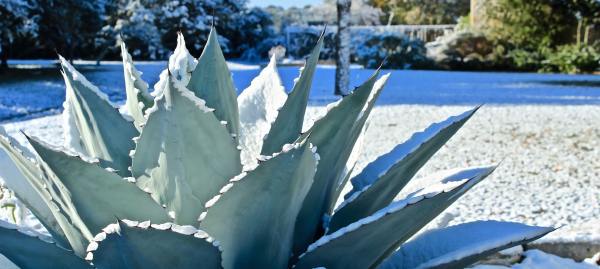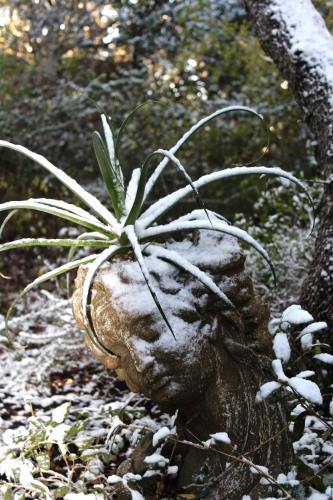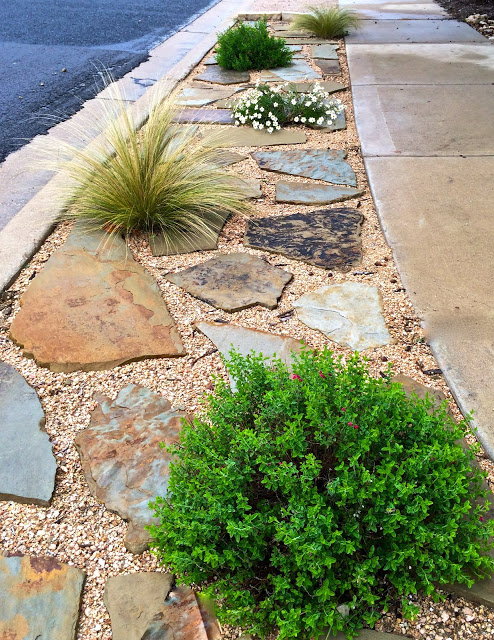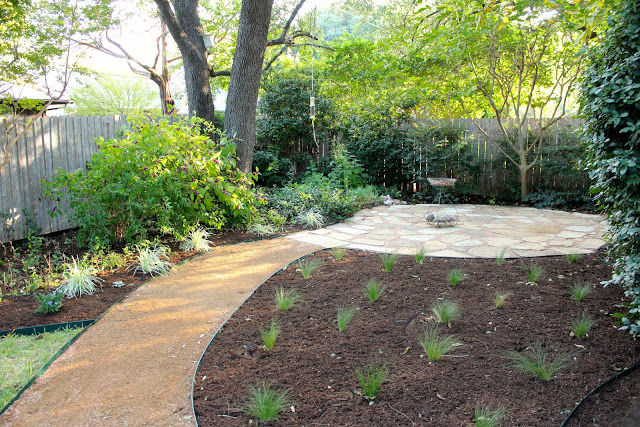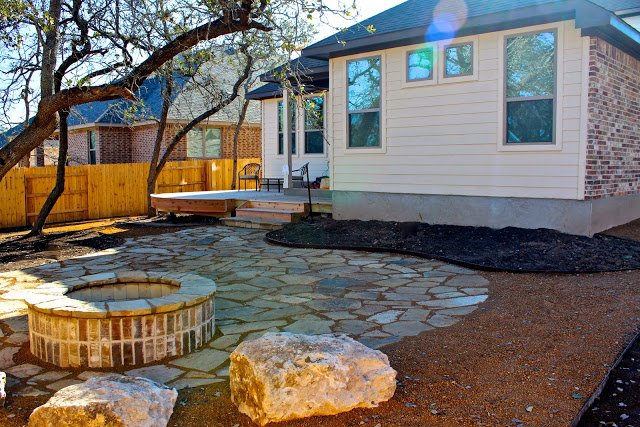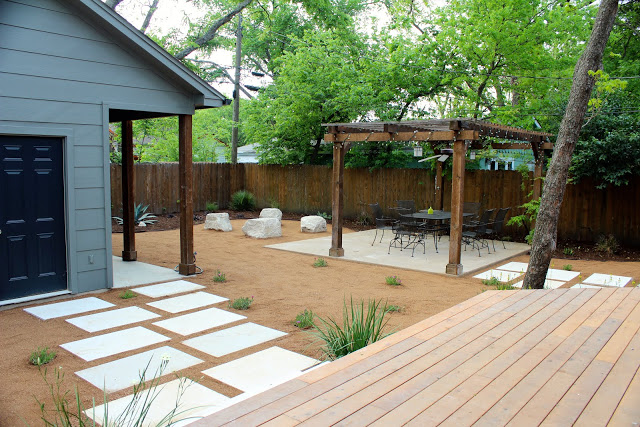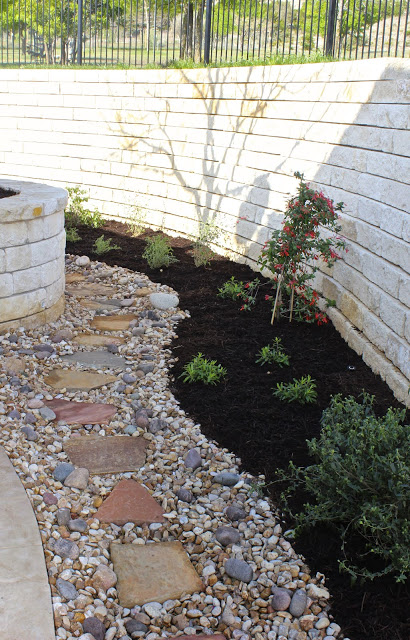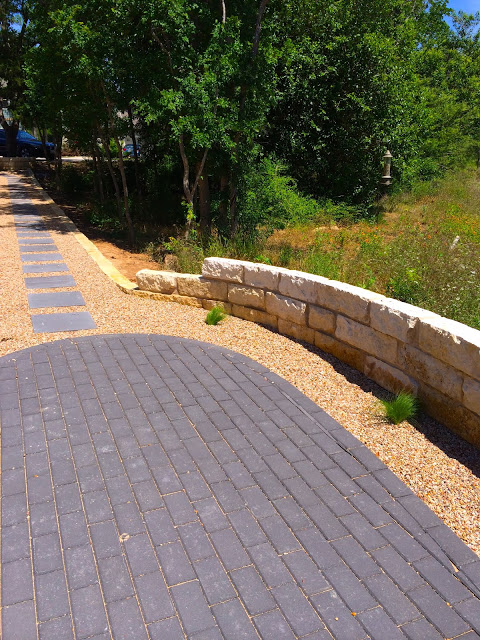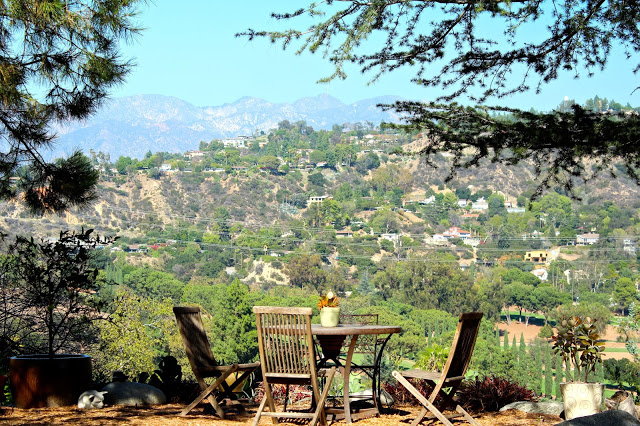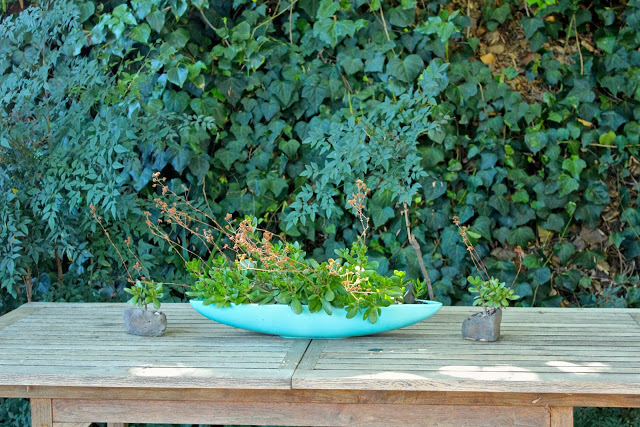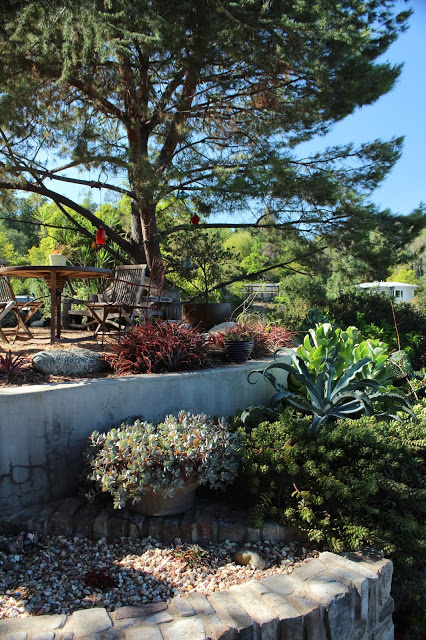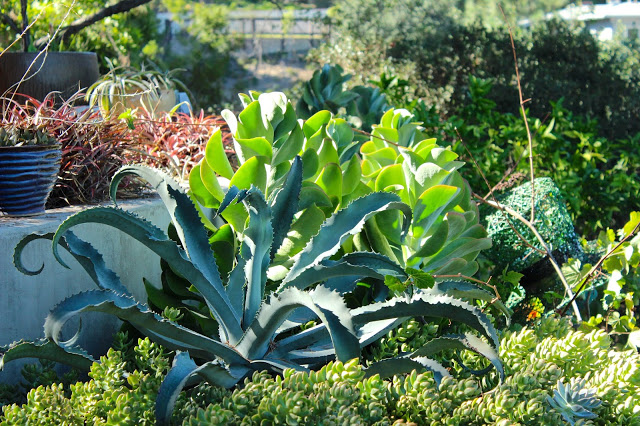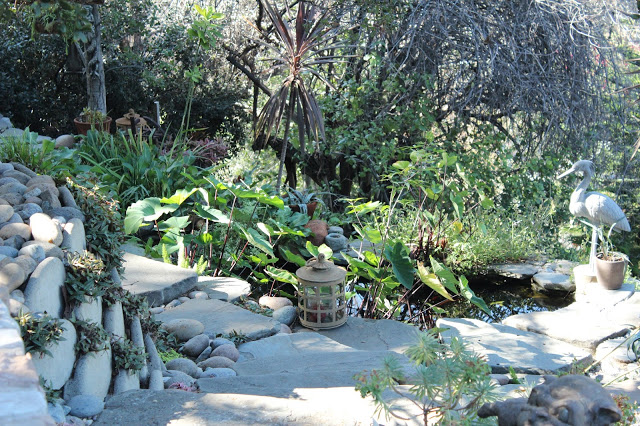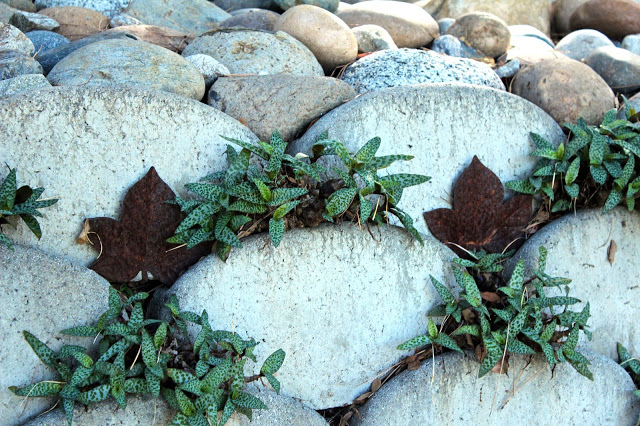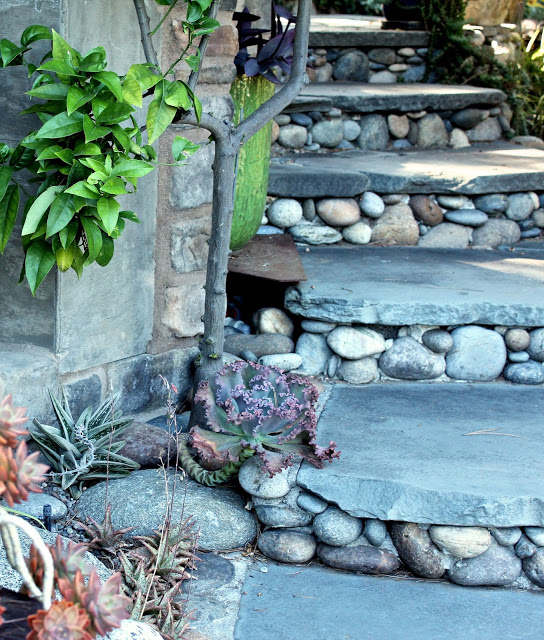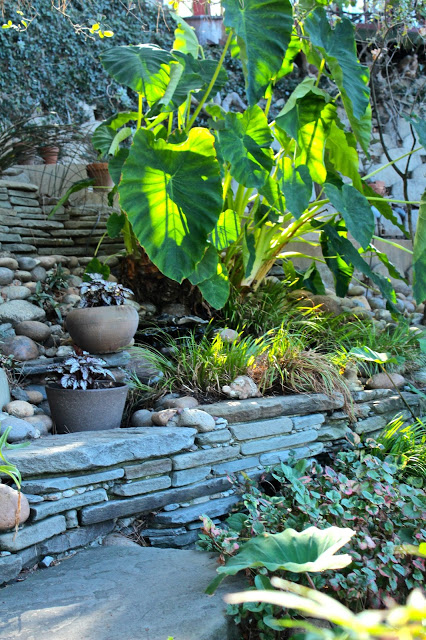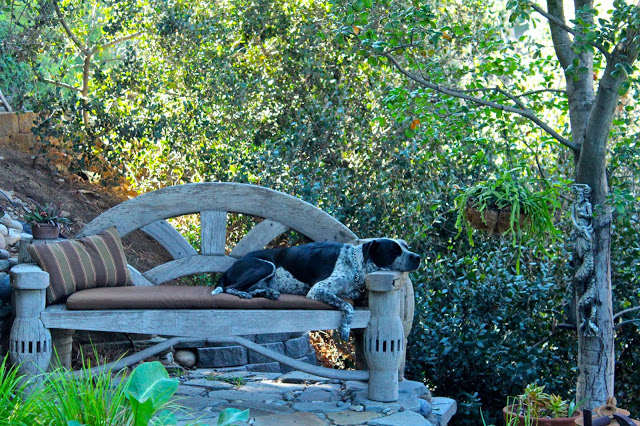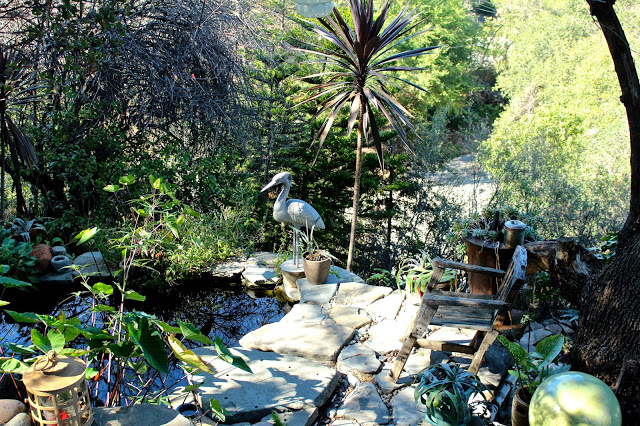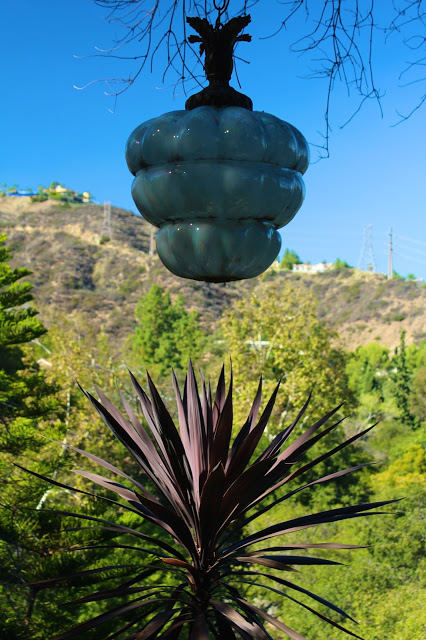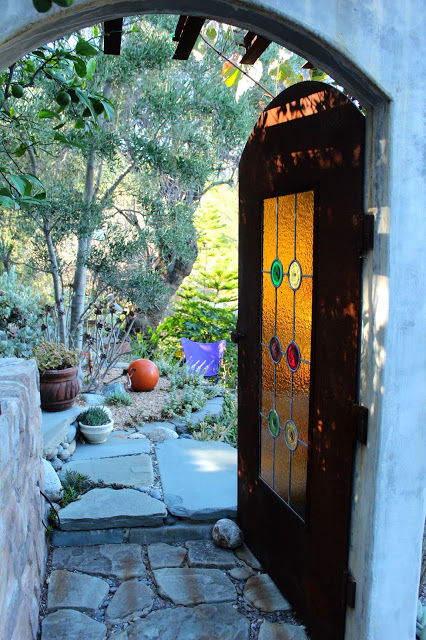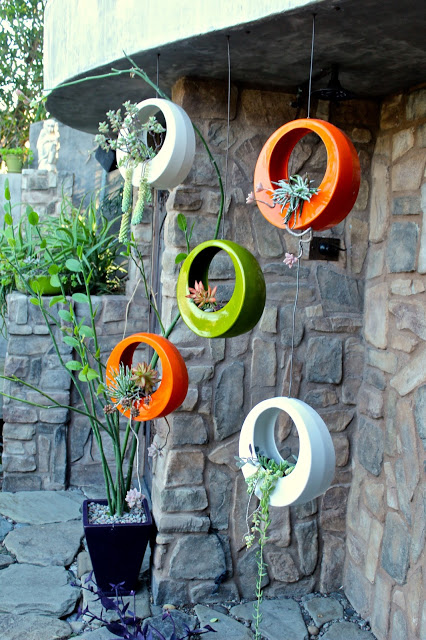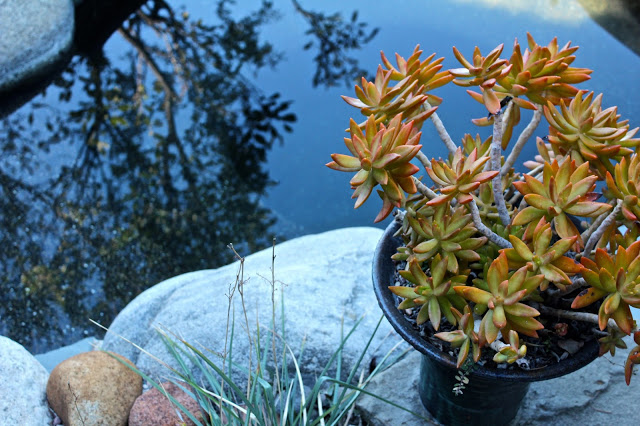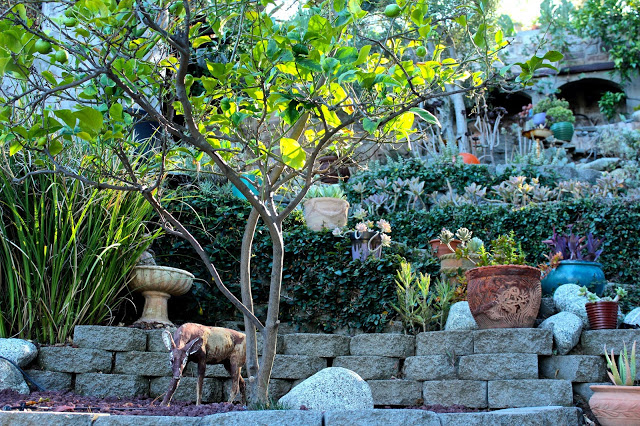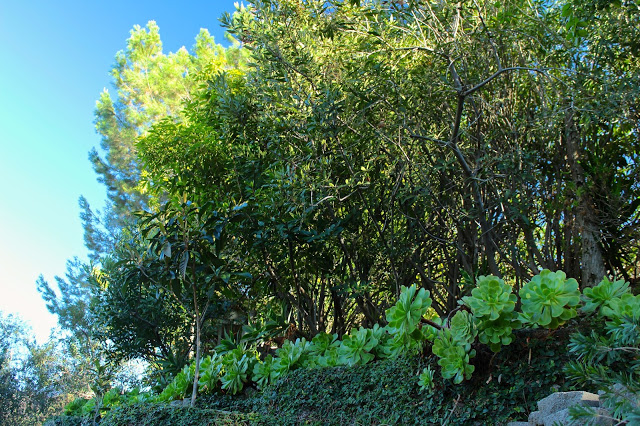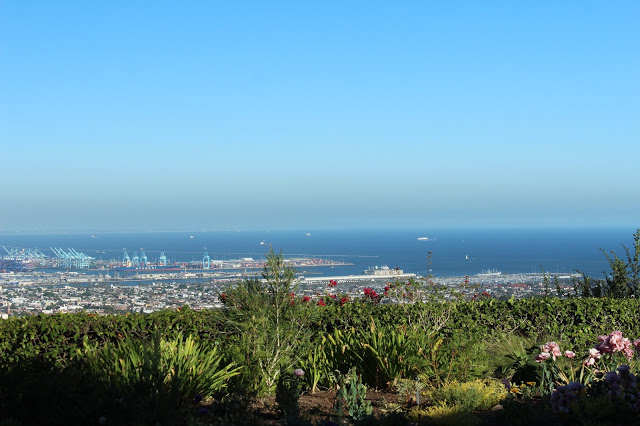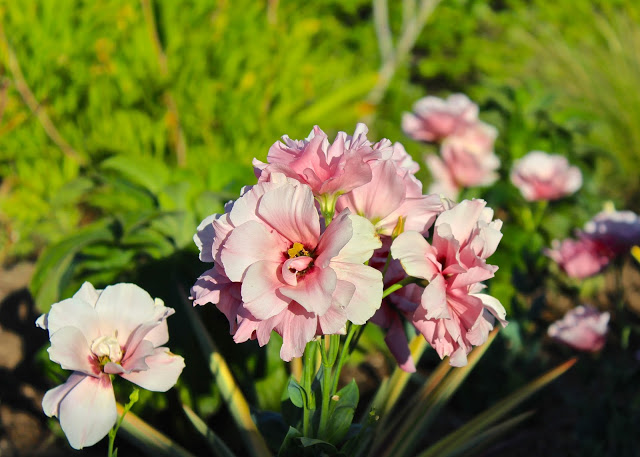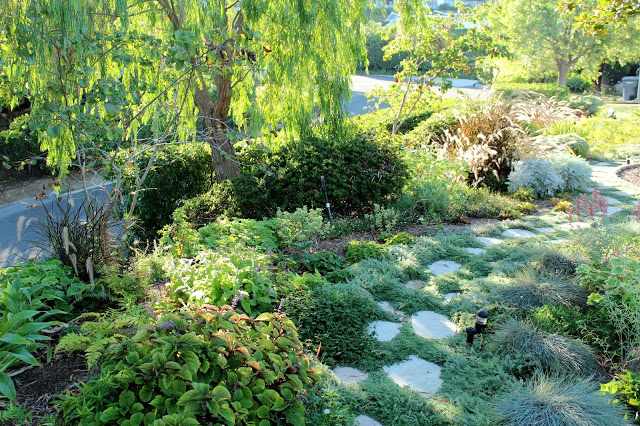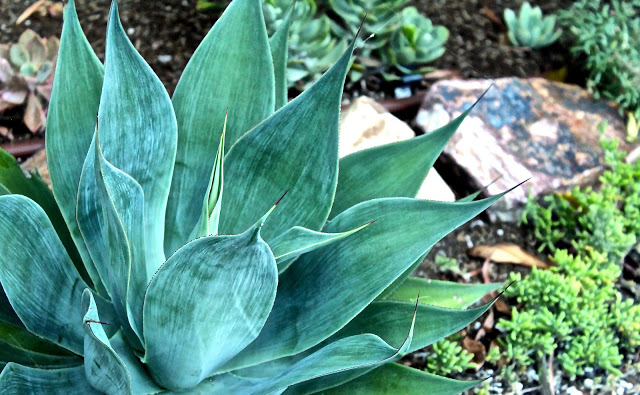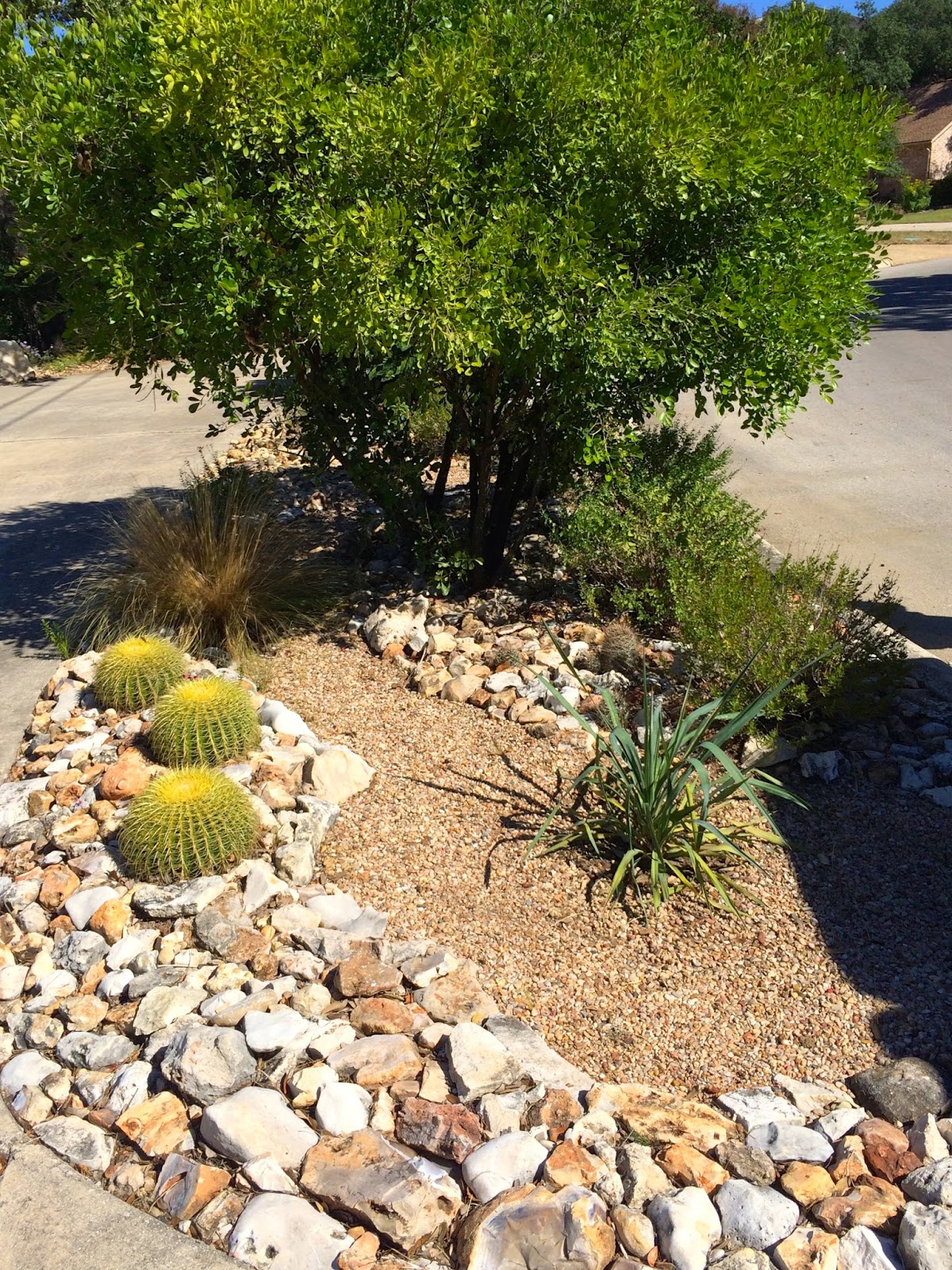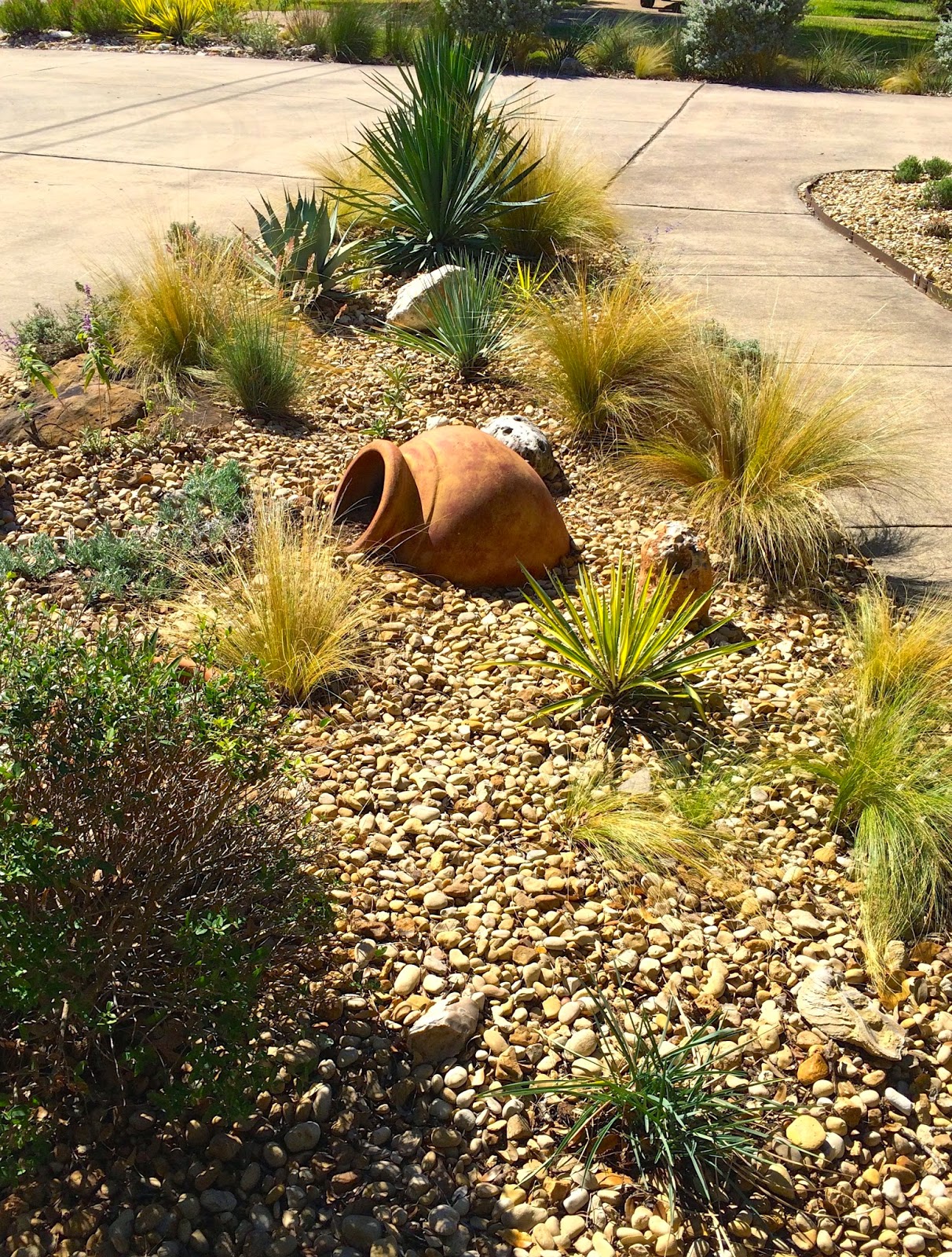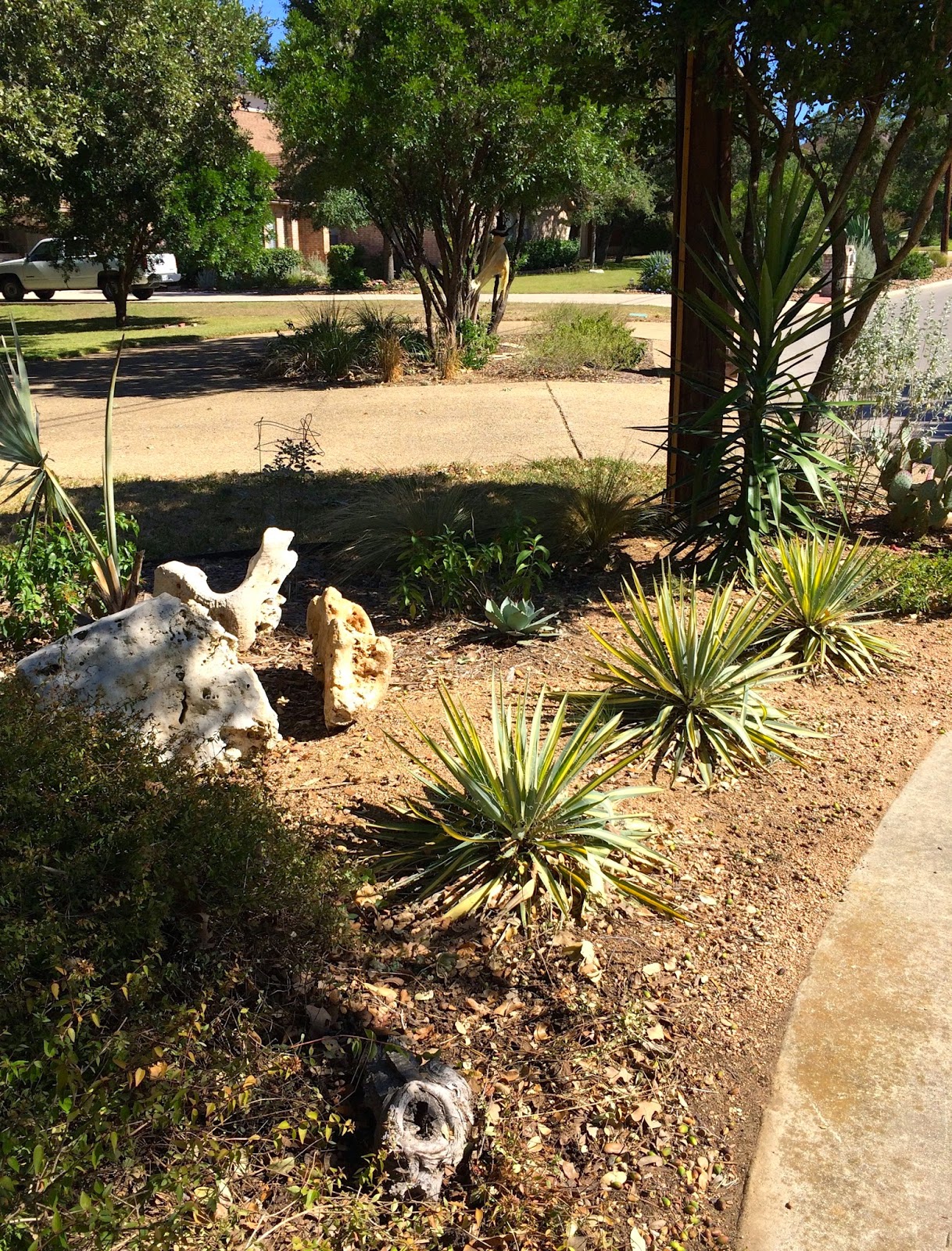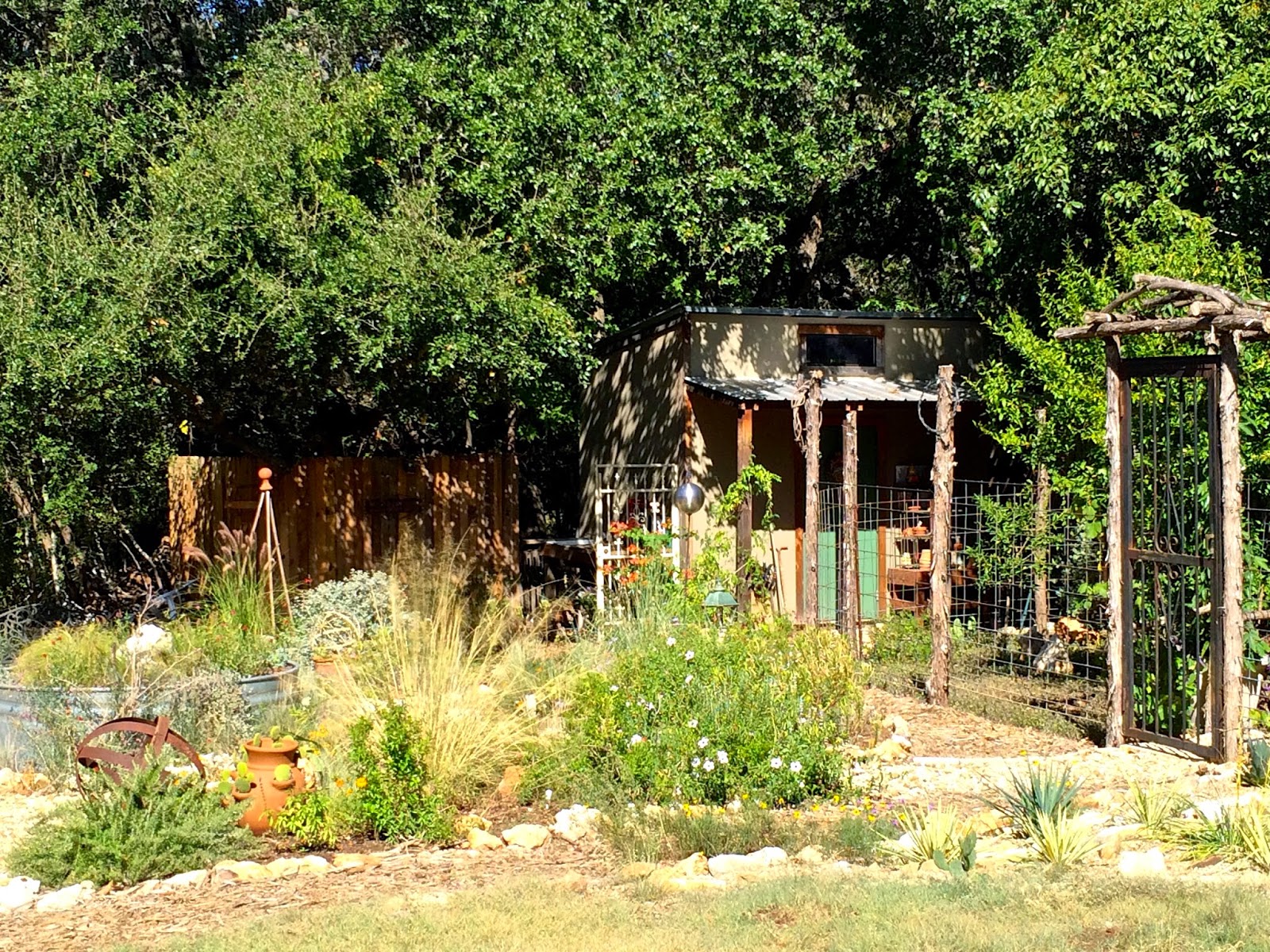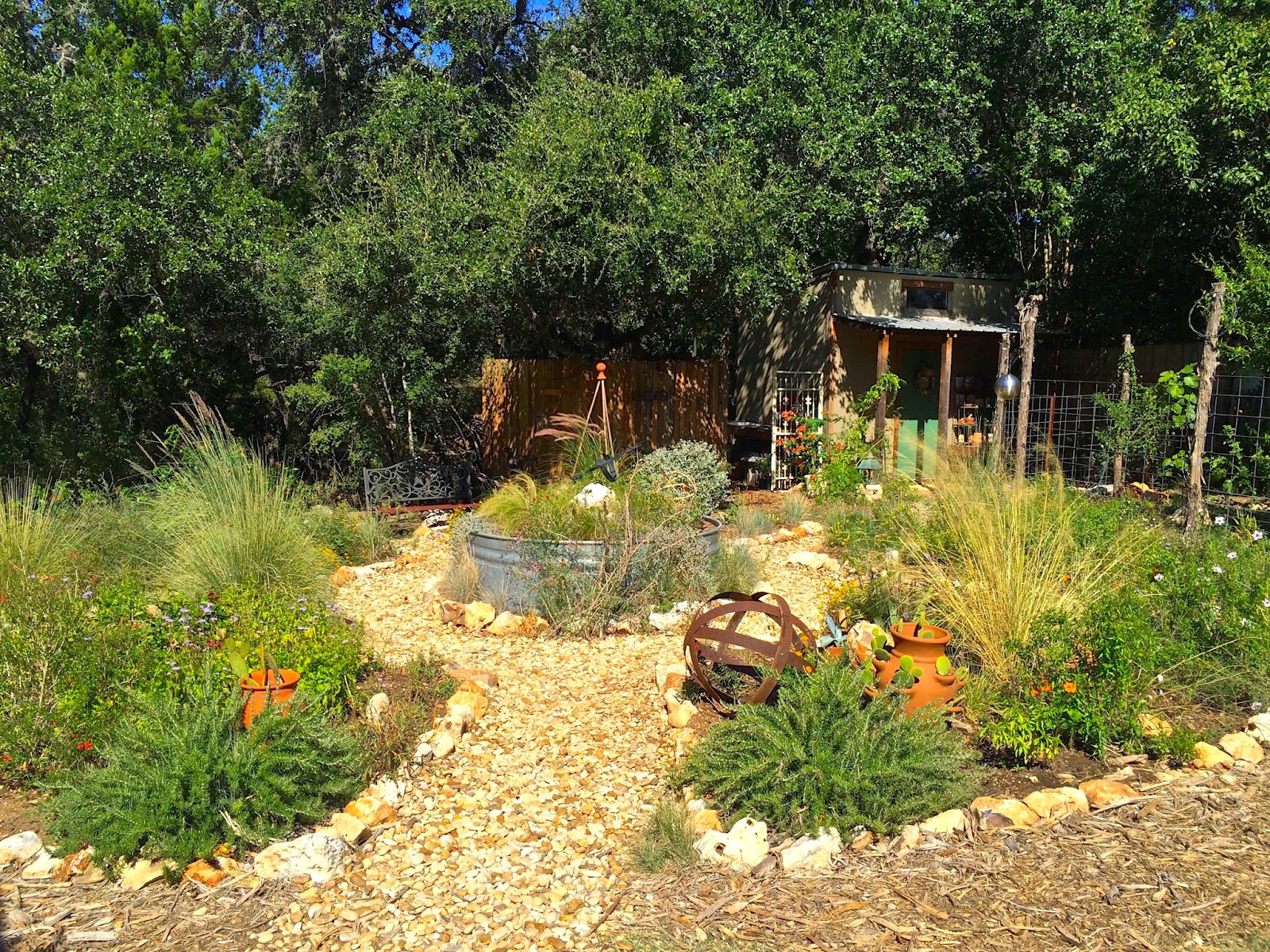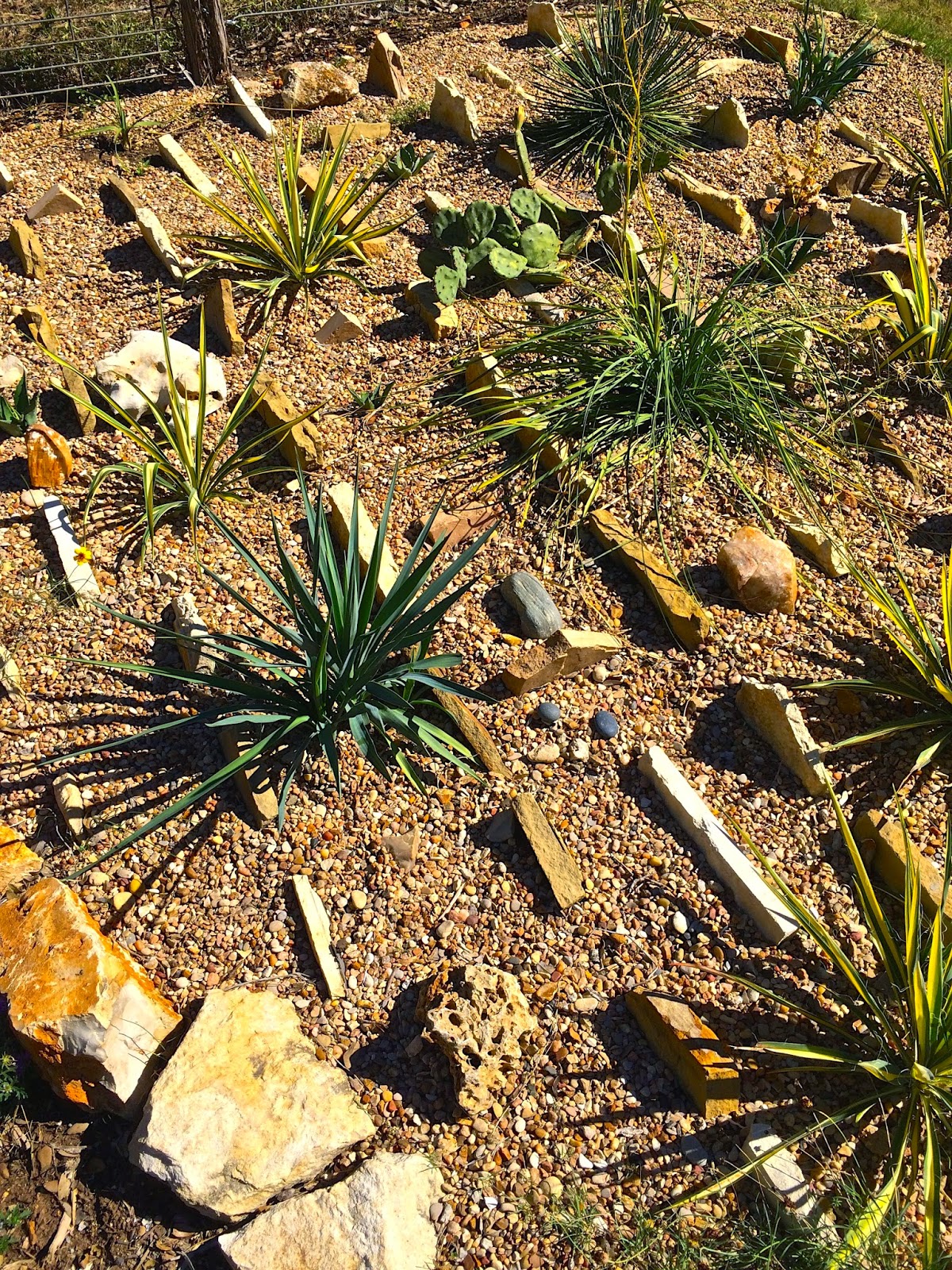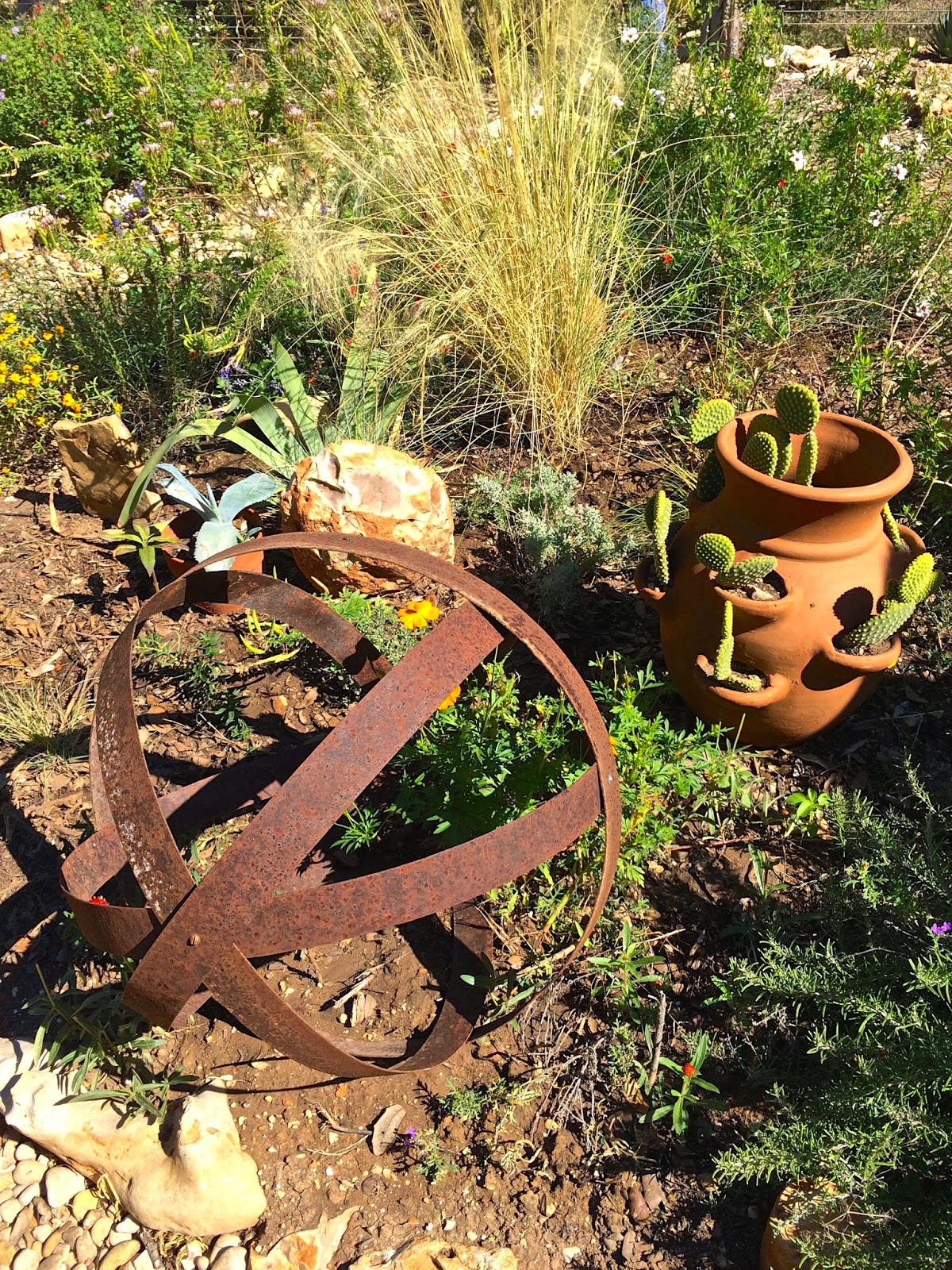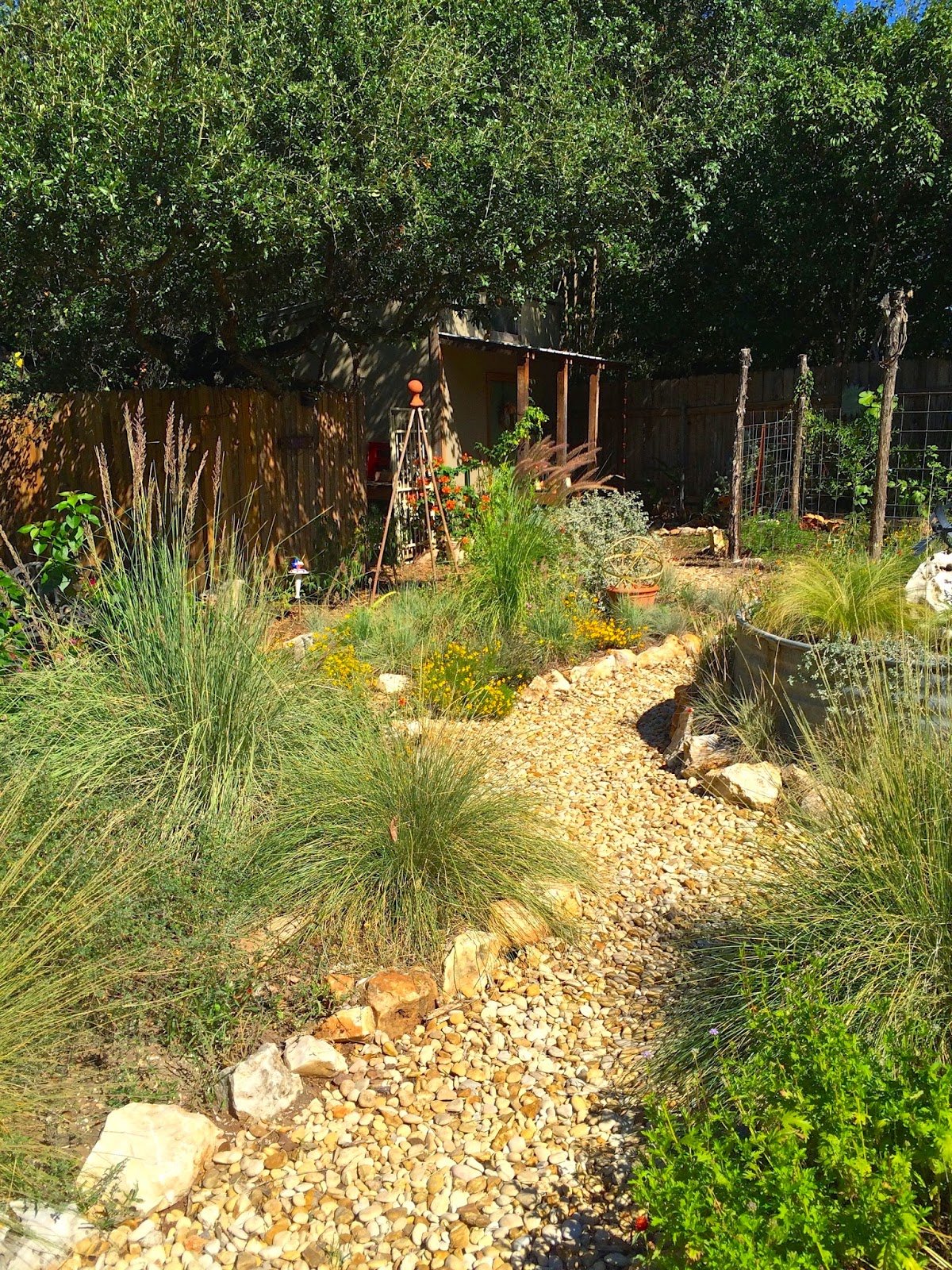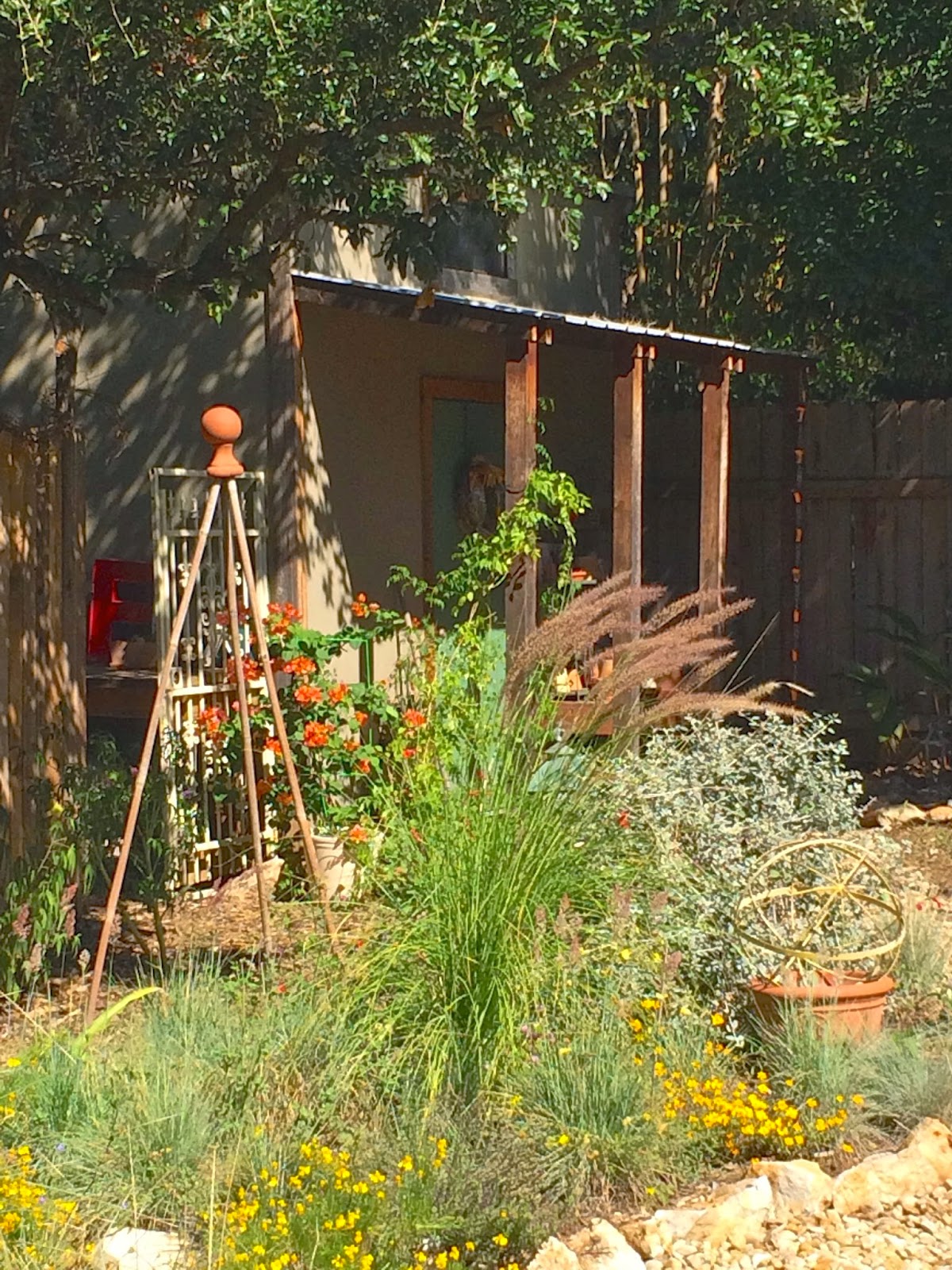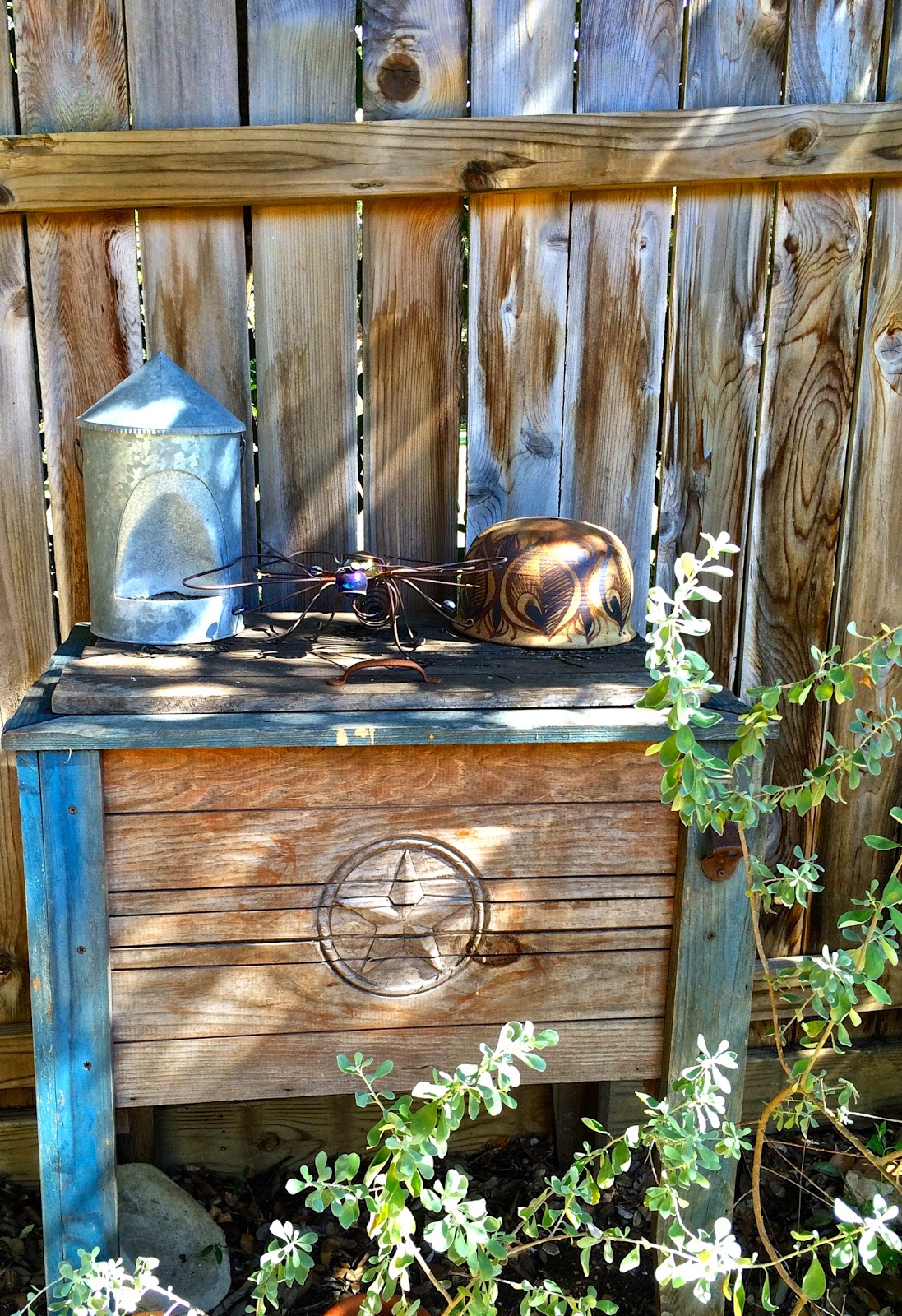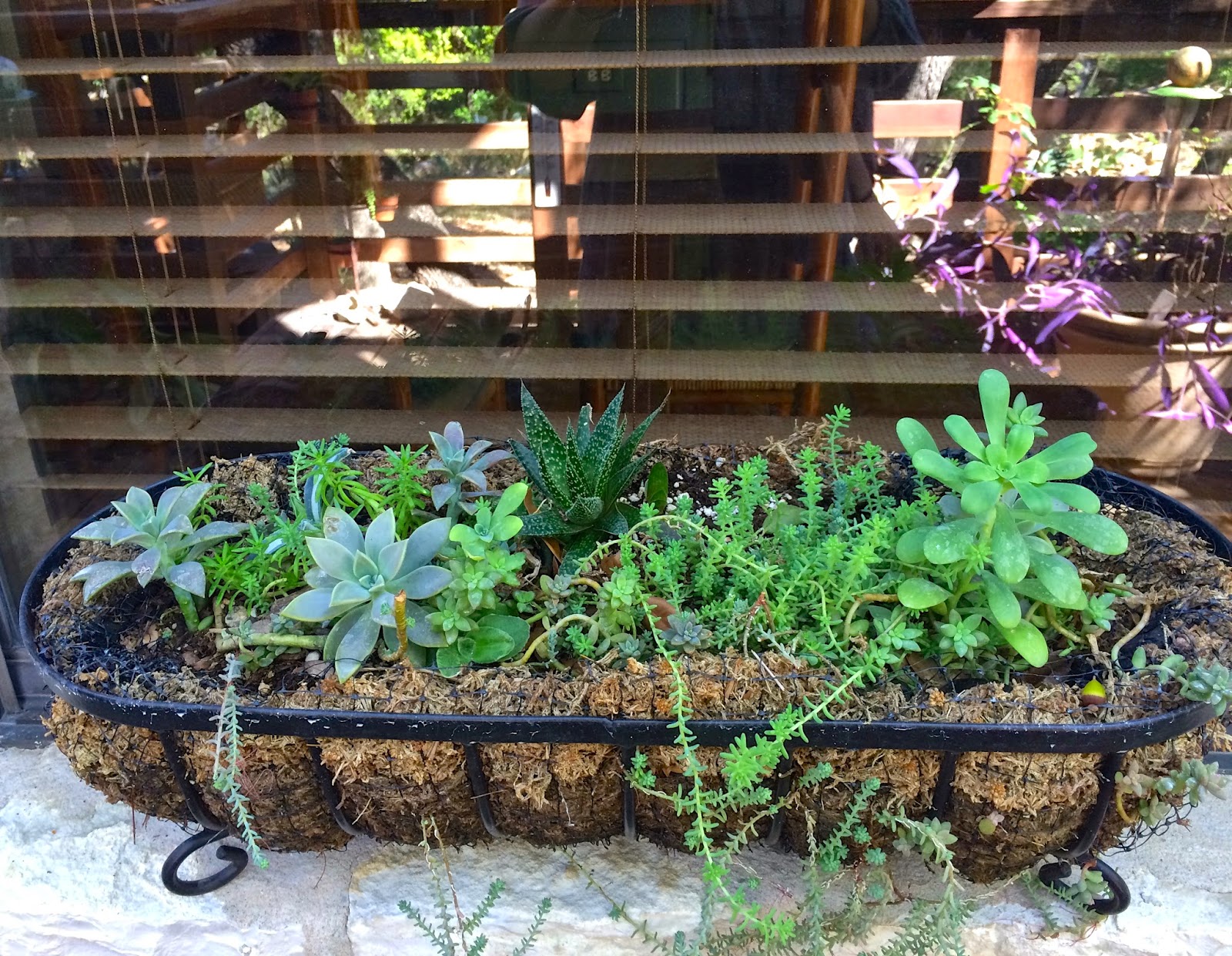Puget Sound Gardeners Fling – People, Plants, and More
Last month 100 garden social media influencers met in Puget Sound WA to tour gardens, share meals, and make new friends. This was the 15th such annual gathering, called the Gardeners Fling. We meet in a different city each year (except for 2 Covid-fraught summers) and the host city gardeners plan a 4-5 day outstanding garden experience.
Our time in Puget Sound was magical. Each garden, private and public, wowed in so many different ways.
I’ll start my virtual tour with the garden of one of our hosts, Camille Paulsen, @tahomaflora .
She has crafted her space to frame and enhance the many gorgeous views of Mount Tahoma, also known as Mount Rainier. The mountain enjoys almost mystical status around Seattle and Tacoma. The days start with an assessment about the visibility of the mountain and end on the same note. How fortunate her family is to have this National Geographic-worthy sight from their deck, their paths, their hills, and so many other vantage points.
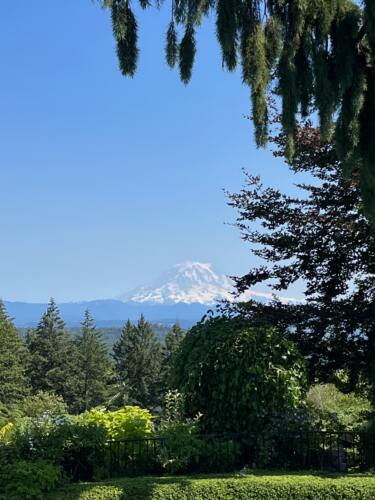 We were there on a clear day, and the mountain was glorious.
We were there on a clear day, and the mountain was glorious.
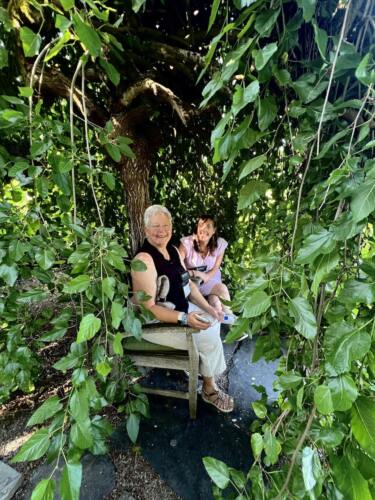
This little secret seating area on the edge of the hillside had a special view, too.
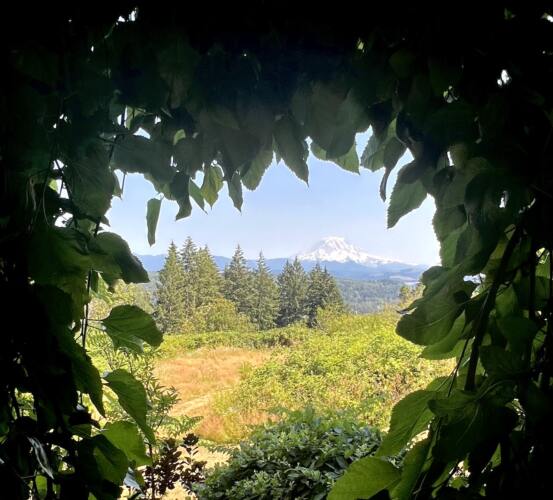
I can imagine sneaking away to to escape here.
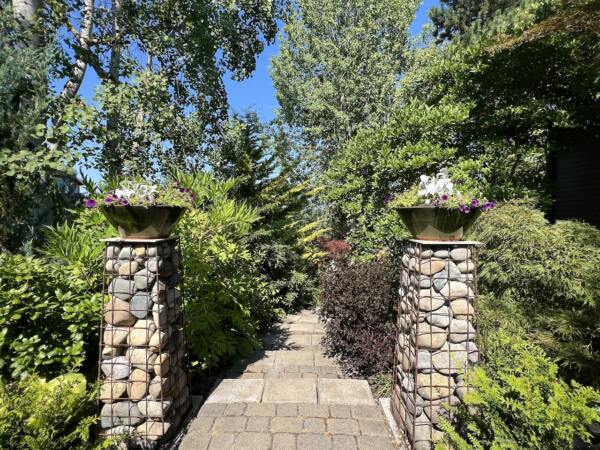
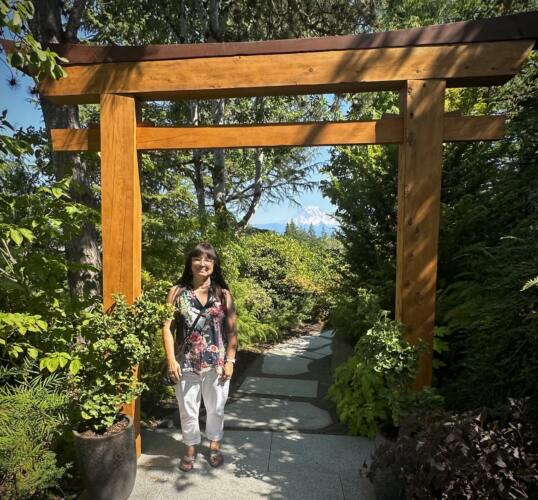
Several paths wind through the property, all of them welcoming and interesting. And many of them with an eye to the view.
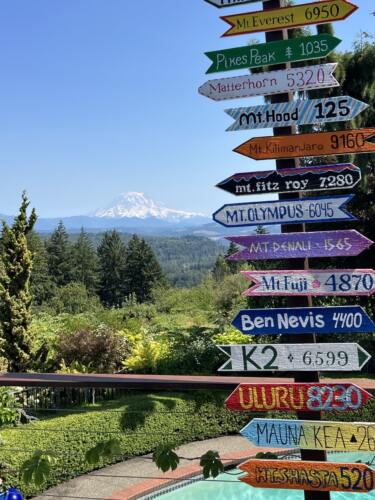
On the back deck, a bit of whimsy highlights the distance of treks to similar mountain hot spots.
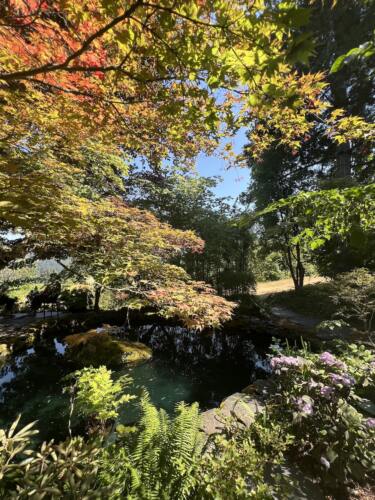
The light was striking as it poured in between the leaves of a collection of Japanese maples and other wispy trees.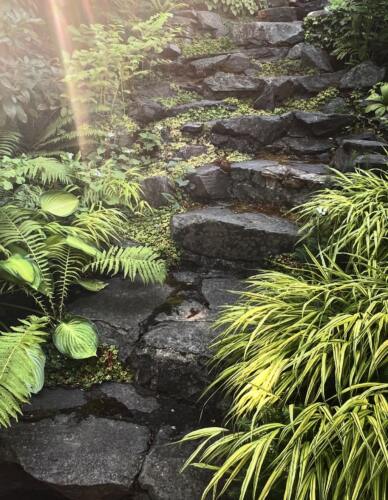
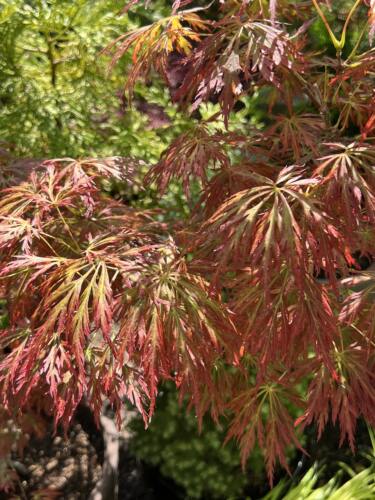
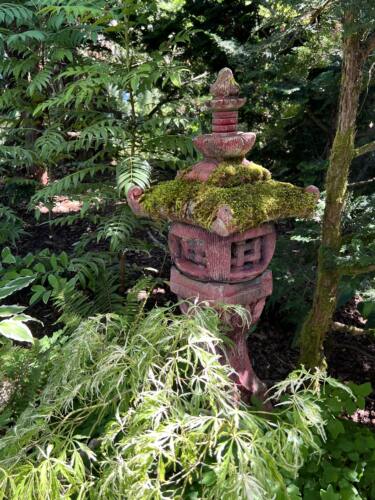
Camille’s artistic flair extends beyond the curating of plants to include an interesting assortment of art in the garden. Various carefully crafted vignettes were tucked throughout.
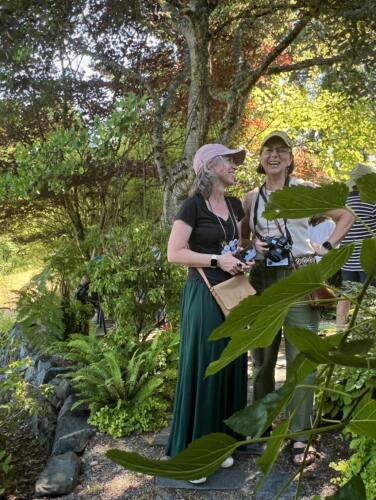
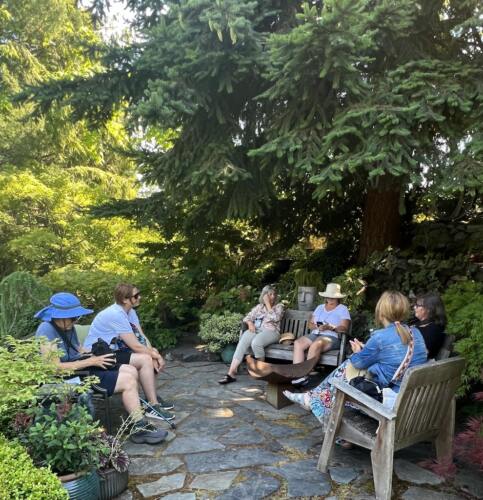
Sharing the adventure with so many long-time and new gardeners was as fun as discovering the garden itself.
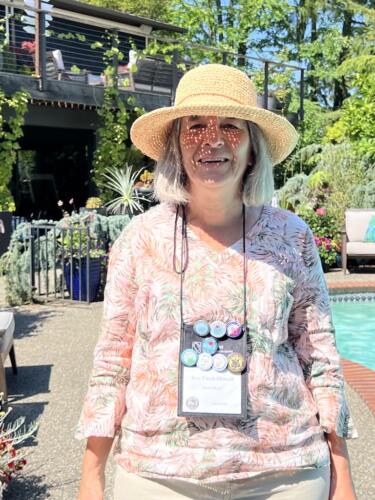
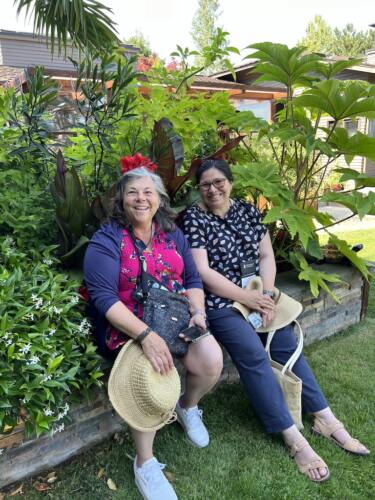
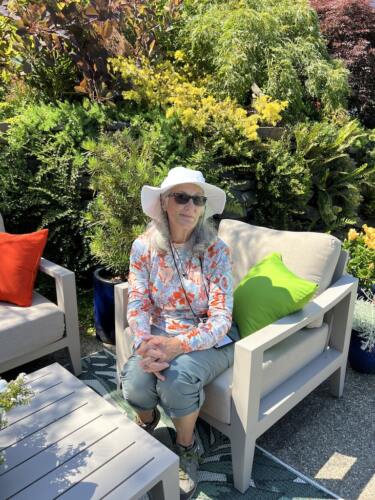
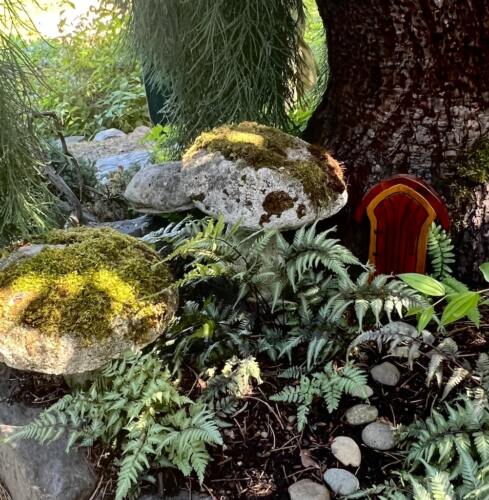
So many unique details caught my eye.
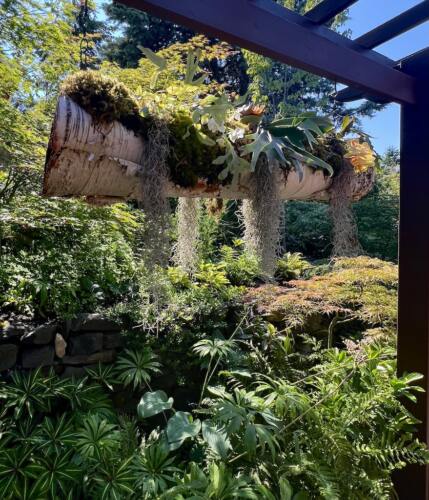
Sweet spaces scattered everywhere.
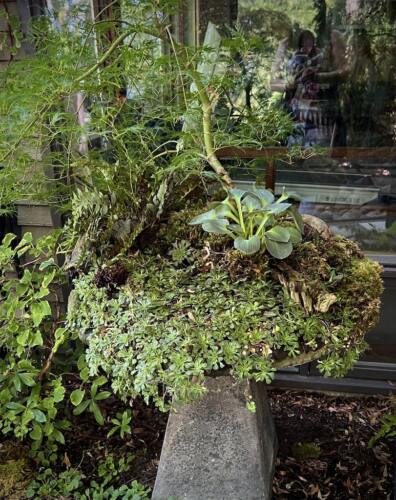
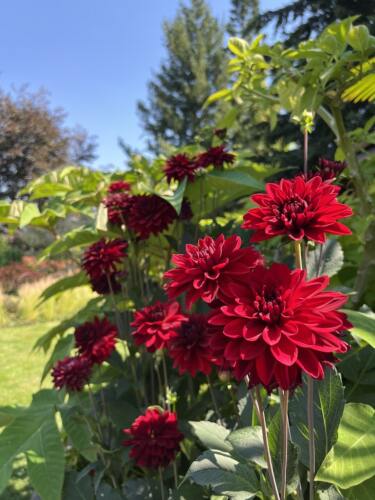
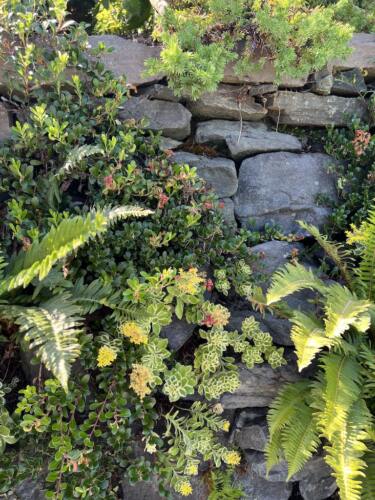
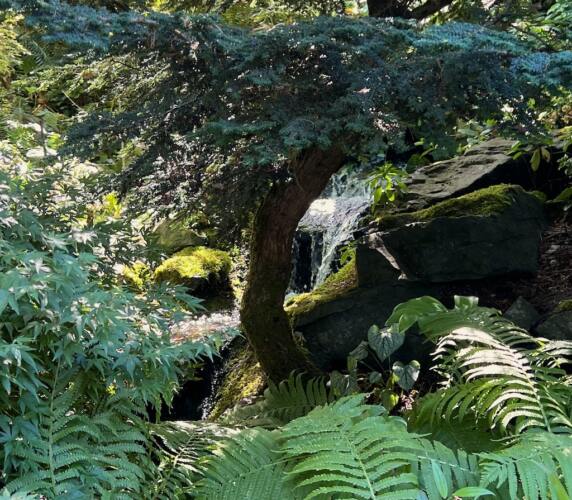
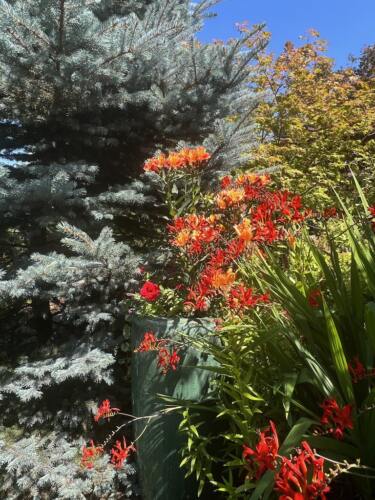
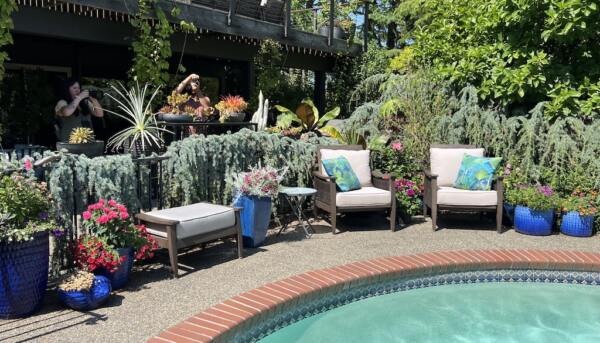
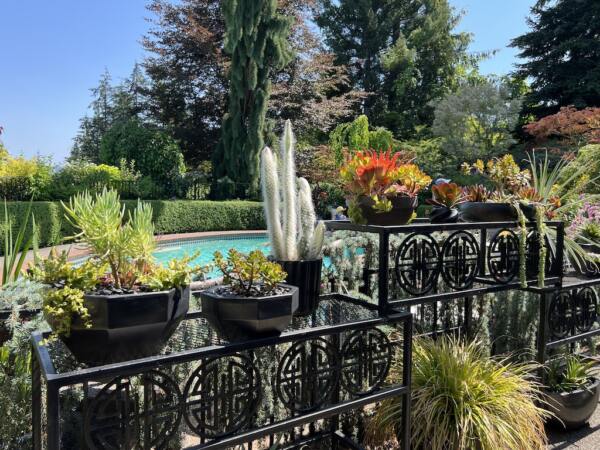
The pool area was a lovely gathering spot filled with interesting pots and plants.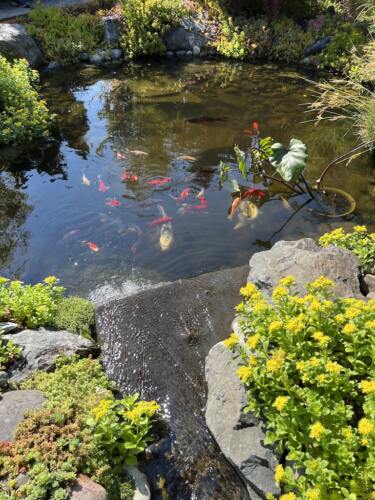
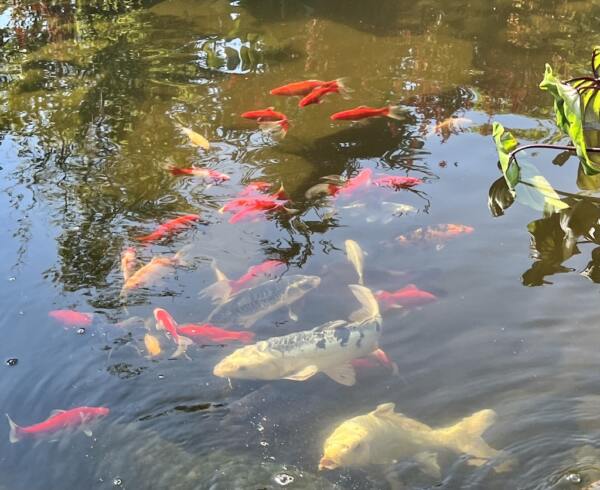
Tucked down the hill in the forest, koi languished in a beautiful pond, suprised by all their guests.
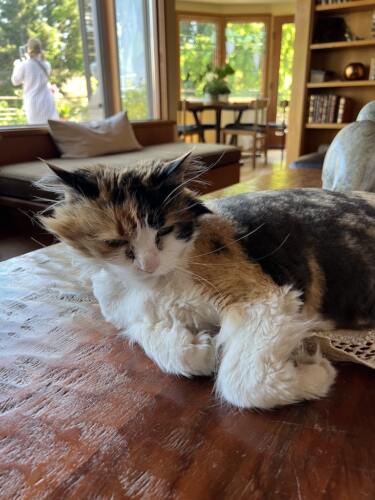
Enjoying some pats, Camille’s cat seemed unfazed by all the garden gawkers.
Thanks, Camille, for a great tour of your lovingly created garden.
Another post to come soon highlighting other beautiful sights from the 2024 Puget Sound Gardeners Fling.

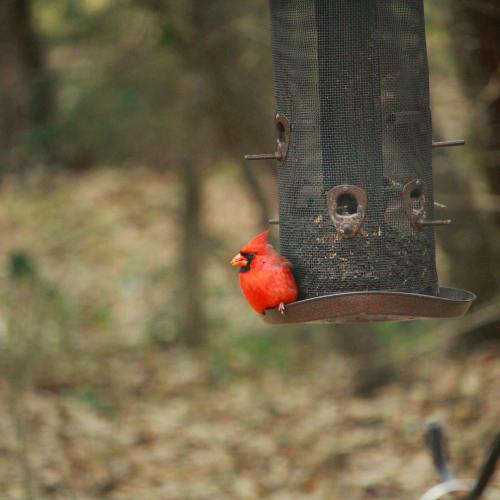
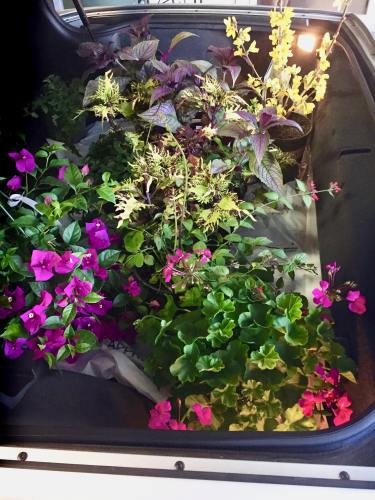
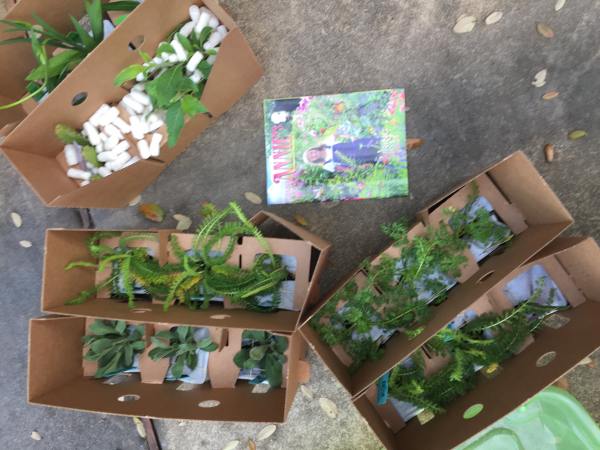
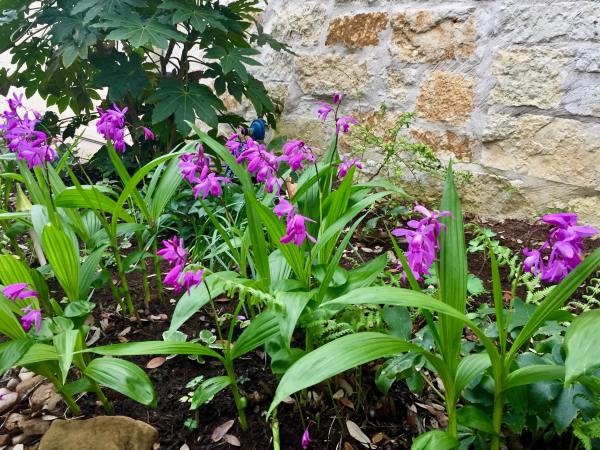
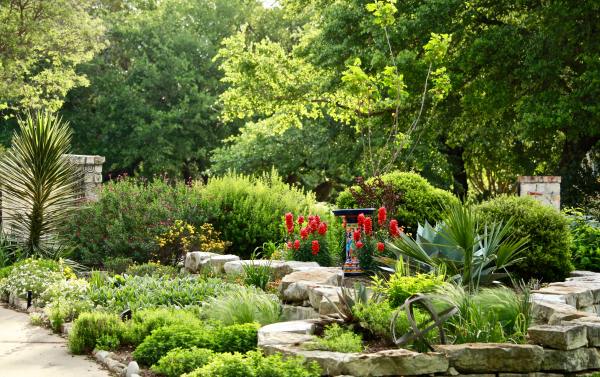
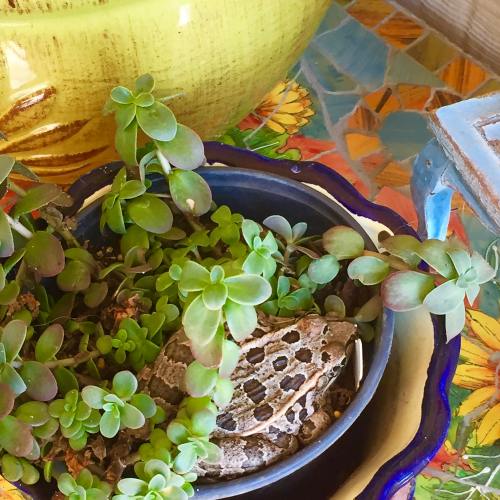
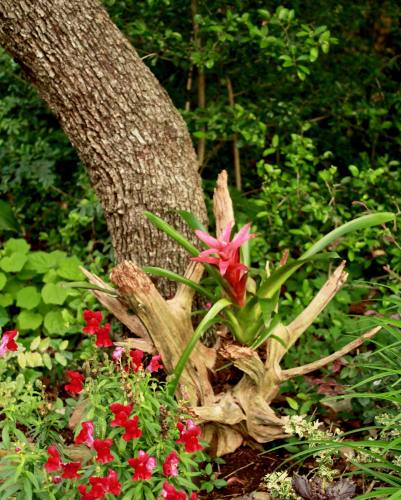
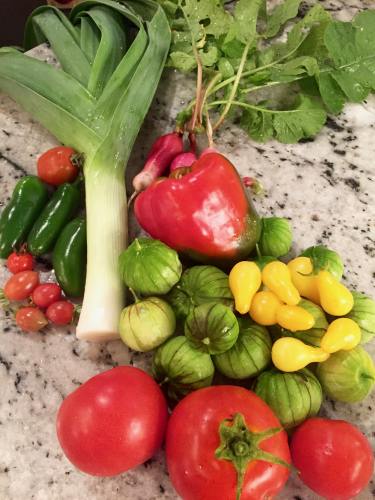 July: By now, the veggie garden provides us with an ongoing variety of great fruits and vegetables. Sadly, it is also the time for stink bugs and leaf-footed bugs to attack the tomatoes. Almost impossible to eliminate, I get depressed about the impending demise of my tomato crop. They multiply so quickly, it’s impossible to control them by hand squishing or spraying them with the hose.
July: By now, the veggie garden provides us with an ongoing variety of great fruits and vegetables. Sadly, it is also the time for stink bugs and leaf-footed bugs to attack the tomatoes. Almost impossible to eliminate, I get depressed about the impending demise of my tomato crop. They multiply so quickly, it’s impossible to control them by hand squishing or spraying them with the hose.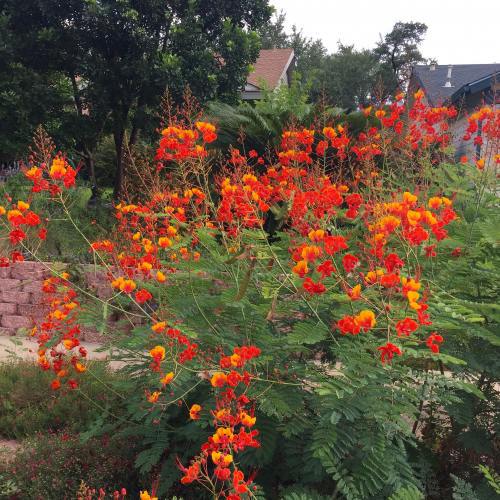
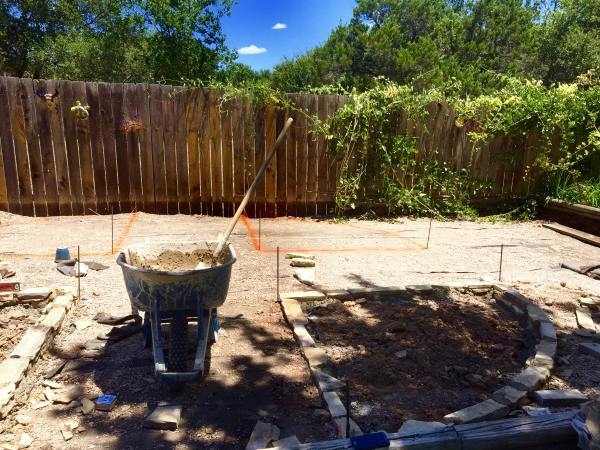
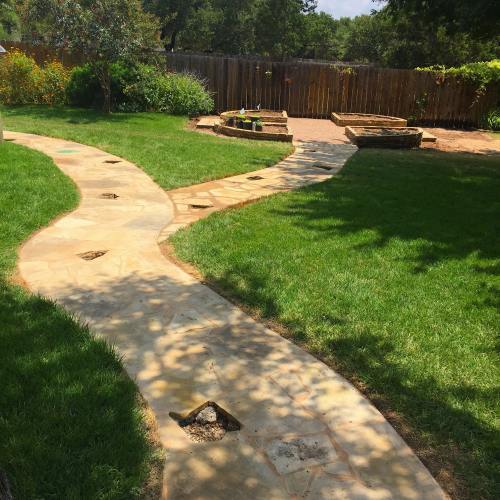
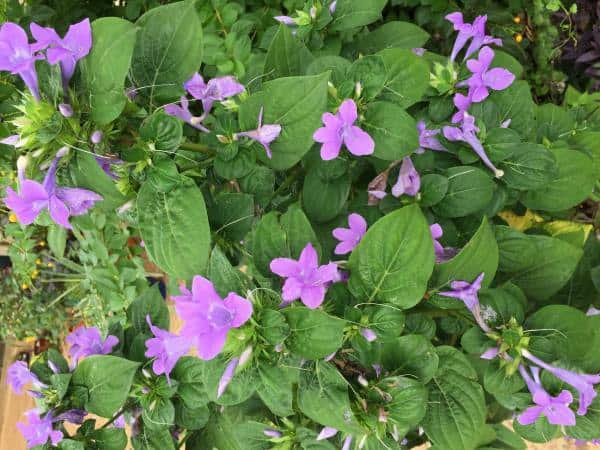 November: Fall also brought forth blooms from the newly planted Phillipine Violet, Barleria polytricha. My first experience growing this plant, it was awelcome addition to the tropical garden.
November: Fall also brought forth blooms from the newly planted Phillipine Violet, Barleria polytricha. My first experience growing this plant, it was awelcome addition to the tropical garden.